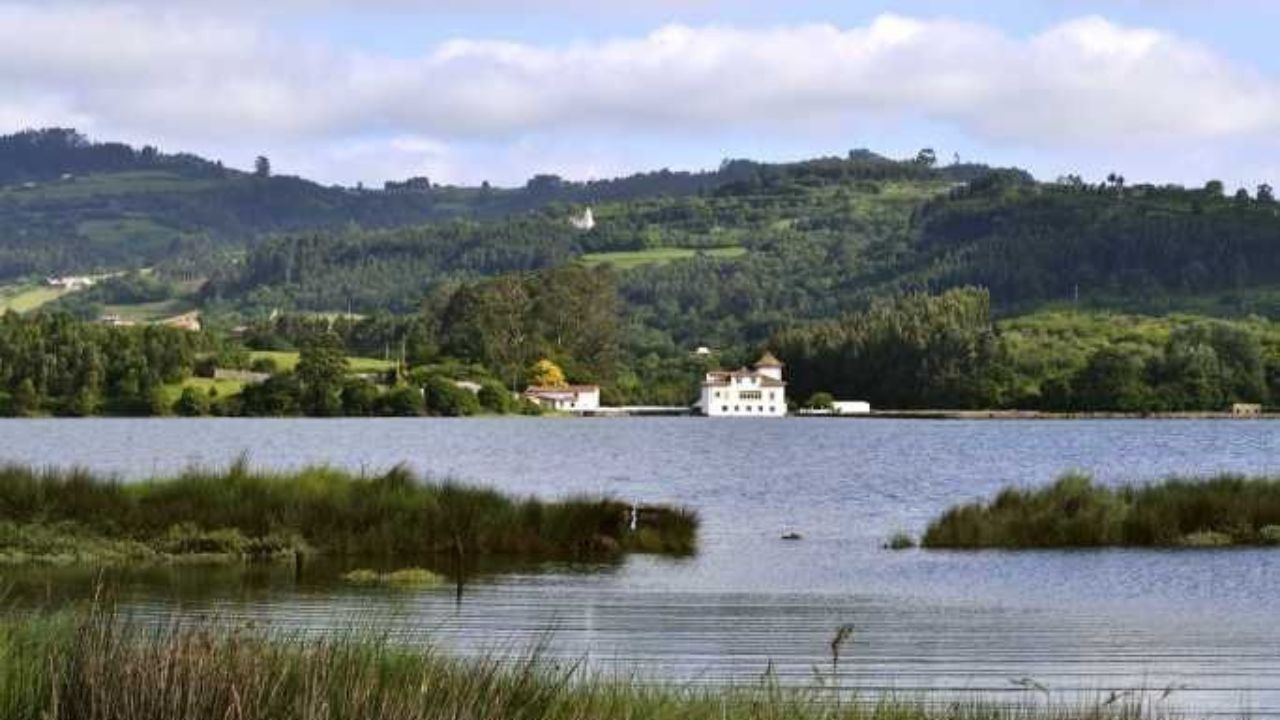In the mid-18th century, the landscape of the Villaviciosa estuary began to change thanks to the construction of the porreos in the manner of the polders of the Netherlands. These are spaces of land reclaimed from the sea through discs called gullies, built with earth, stones and wood and with gates that allow irrigation to be drained onto the land, which would be dedicated to agricultural work or pasture.
The wetlands are transition zones between aquatic ecosystems and the terrestrials. They have a low depth and are normally found in flooded plains, especially those that are close to water courses, such as rivers or streams.
The particularities of Villaviciosa
The Government of Asturias has invested 1.62 million in the recovery of the wetlands and porreos of the Villaviciosa estuary natural reserve. The project has restored a large area of the estuary occupied by meadows and grasslands of high environmental value. The intervention has made it possible to recover the aquatic ecosystem, improve the conservation of 17 protected species of flora and fauna and expand the extension of six habitats of community interest.


Work in the Villaviciosa estuary began in the summer of 2023 and was carried out until the end of 2024, conditioned by tidal cycles, bird nesting periods and the meteorological conditions of this fluvio-estuarine transition zone. The project is a national reference due to its magnitude and interest, and will serve as model to intervene in ecosystems vulnerable to climate change.
The development of the work has required a exhaustive environmental monitoring and constant communication with local and state administrationsthrough the Coastal Demarcation in Asturias, the organization that manages these lands of public maritime-terrestrial domain.
The restoration has allowed a broad recovery of wetlands on saline meadows of high environmental value, which have represented the largest investment in the project. The works have focused on reinforcement, stabilization and maintenance of walls and facings of the porreo of Sebrayo, improving drainage systems and incorporating elements for public use such as routes and wildlife observation booths. In other porreos, such as La Espuncia, livestock waste and remains of unused buildings have been removed, which affected the conservation of birds and protected flora.
Impact of the medium-term plan
The project will have positive repercussions in the medium term on the entire ecosystem of the estuarypromoting areas of exchange of waters with different salinity and preserving meadows of high natural value. In these meadows extensive grazing is combined with resting and feeding of migratory birds, which also represent an important attraction for visitors.
The Bird watching is one of the activities that is promoted with this projectas signage, interpretive itineraries and sighting areas have been reinforced, which constitute one of the main attractions of this Partial Nature Reserve.
The Malian estuary recovery project is financed with Next Generation EU funds, from the National Recovery, Transformation and Resilience Plan. It is framed between the actions of restoration of ecosystems and green infrastructure of the Ministry for the Ecological Transition and the Demographic Challenge, which territorializes more than 7 million in the Principality and which will be executed until mid-2026.
The Villaviciosa estuary is considered the second estuary of greatest natural importance in the Cantabrian Sea (ZED, SPA, Ramsar Wetland) and is among the six of greatest interest for the conservation and restoration of habitats due to its great geomorphological, botanical and faunal values.
The Government of the Principality continues to work in collaboration with the Villaviciosa City Council on new projects linked to the conservation of the natural heritage of the estuary. These initiatives seek to strengthen the environmental sustainability of the estuary, protect its biodiversity and promote its value as a reference natural space in Asturias.

